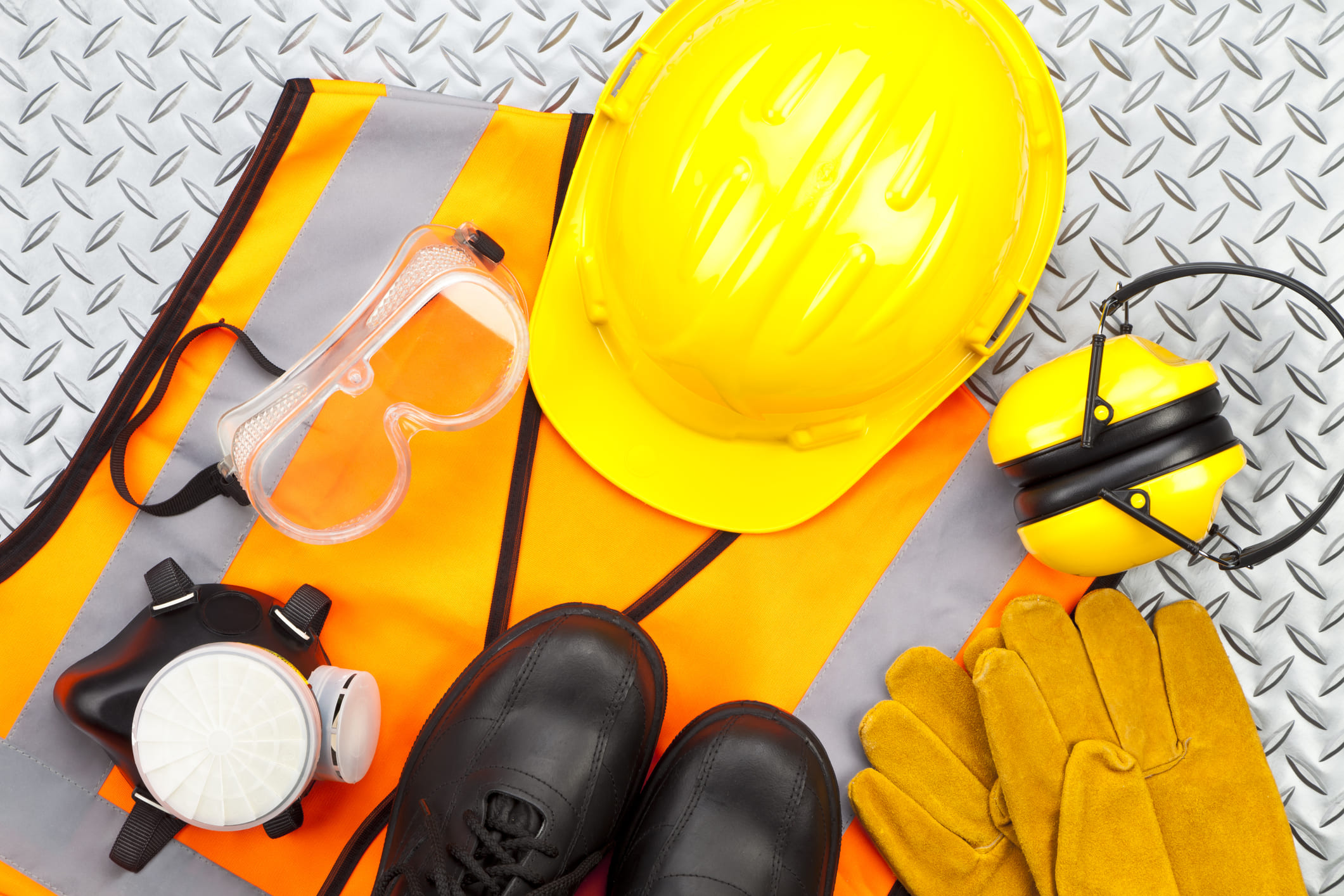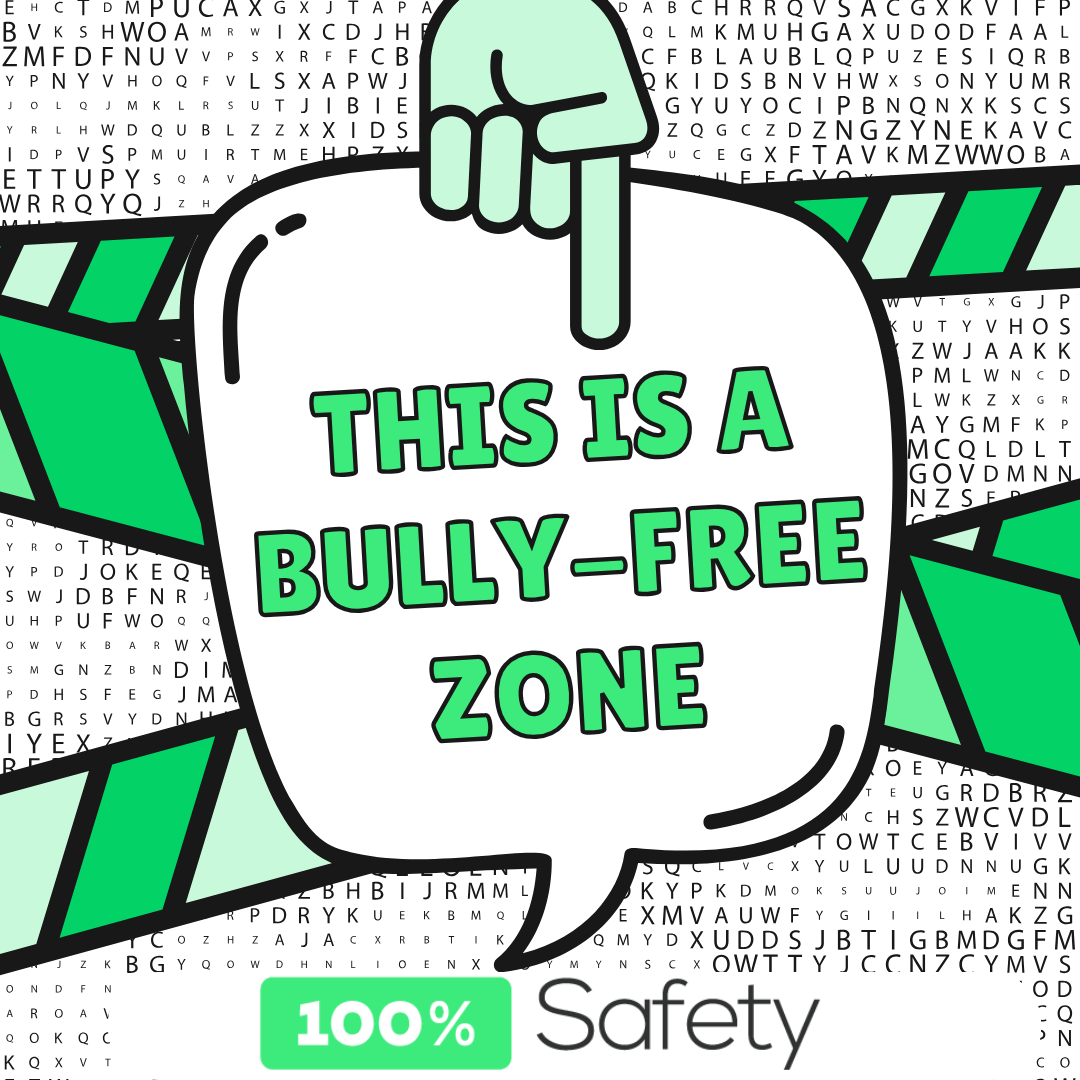
PPE – High Visibility Apparel
History
1930 – Bob Switzer was injured unloading crates at a Heinz Ketchup factory. Switzer suffered a fall resulting in serious injuries, including a skull fracture and severed optic nerve. He was told by his doctors to stay in a dark room until he recovered his eye sight, resulting in several months in the dark. Switzer’s brother, Joseph, would spend time with him in the dark, entertaining him with products taken from their families pharmacy that would glow under black light. Post recovery, the brothers continued to experiment with different compounds, eventually mixing them with shellac compounds to produce the first black light fluorescent paints.
1939-1945 (WWII) – the U.S. government began experimenting with high visibility garments to reduce friendly fire and for air to ground communication between allies.
1964 – The use in high visibility workwear was introduced in by Scottish Rail. The clothing was introduced due to a high number of safety concerns. By 1965, all employees were issued high visibility clothing, agreeing it increased visibility of their coworkers.
2002 – CSA (Canadian Standards Association) introduce standards for High-visibility Safety Apparel (CSA Z96)
2015 – CSA Z96 updated to be in technical harmony with ANSI/ISEA 107 and ISO 20471
Types of High Visibility Apparel – CSA Z96-15
- 3 types of high visibility fluorescent color ranges (orange, yellow, red), plus 2 high-visibility bright colour ranges for background materials and retroreflective contrasting stripes/bands.
- 3 high-visibility safety apparel classes, specified in terms of body coverage
Class 1
- Provides least amount of visibility and body coverage
- Stripes only, “spaghetti stripes”, can also include reflective stripes on dark colored background (black, blue)
- Best suited for low-risk work
Class 2
- Provides superior visibility for wearers and is more conspicuous than class 1
- Bright background material upper torso coverage with retroreflective stripes – high-vis vest
- Best suited for medium risk work
Class 3
- The highest level of visibility for workers
- Bright background material with retroreflective stripes on upper torso, and includes reflective striping with bright coloured background on both arms and legs.
How to choose the best apparel for the worksite?
Consider the work environment in which protection is required. Select the high-vis colour ranges and stripe/band combinations that provide the preferred contrast and visual indication of movement.
Additionally, legislation may stipulate minimum requirements (example: WorkSafeBC Regulations 8.24 & 8.25, Alberta OH&S Code 191 & 194).
For help selecting the appropriate high-visibility apparel, CSA Z96-15 has included Annex A.3 Sample Risk Assessment form and A.2 Example HVSA selection form to help companies ensure they are meeting or exceeding the requirements. While this standard may not be mandated in every jurisdiction, it is still a helpful tool that can aid in an organizations risk assessment process.
Fun Safety Fact
Did you know, an “X” is used on the back of high visibility apparel to distinguish between the front and back of a worker? #themoreyouknow.






